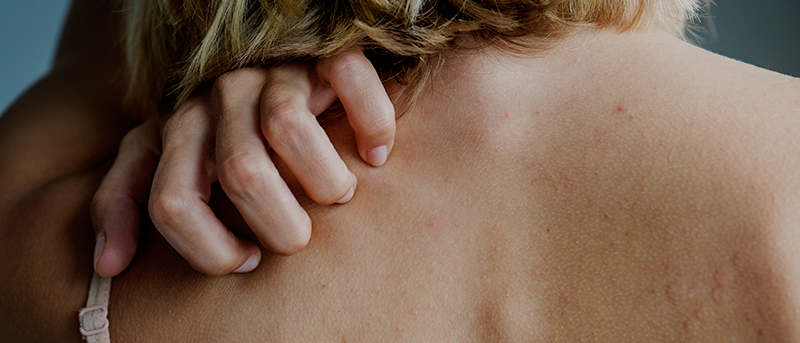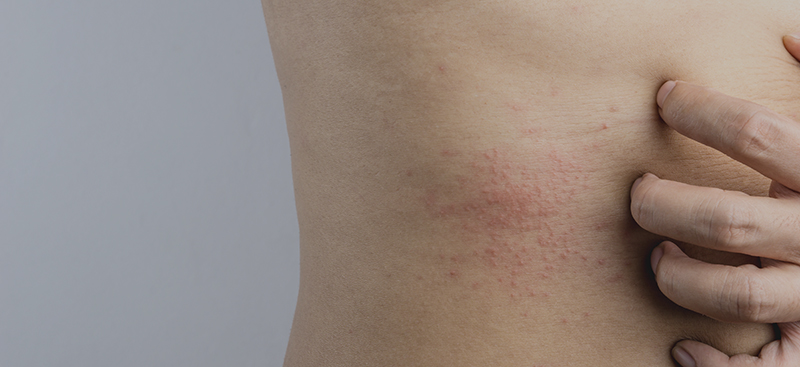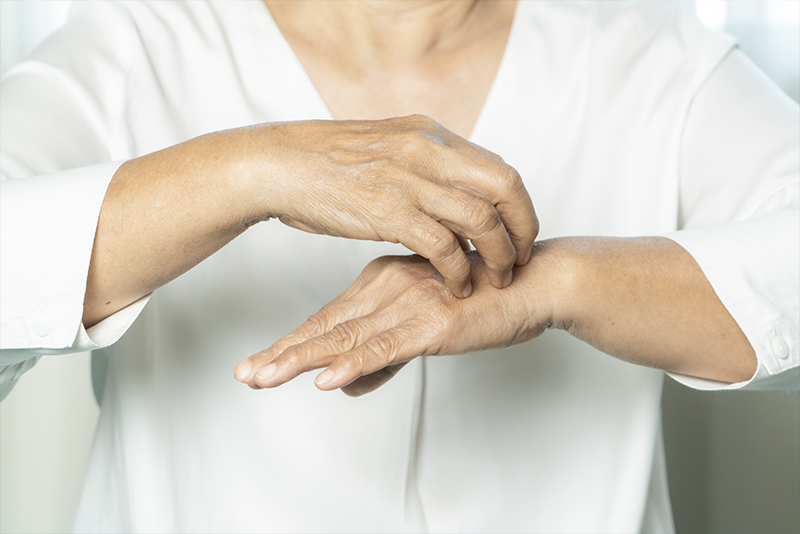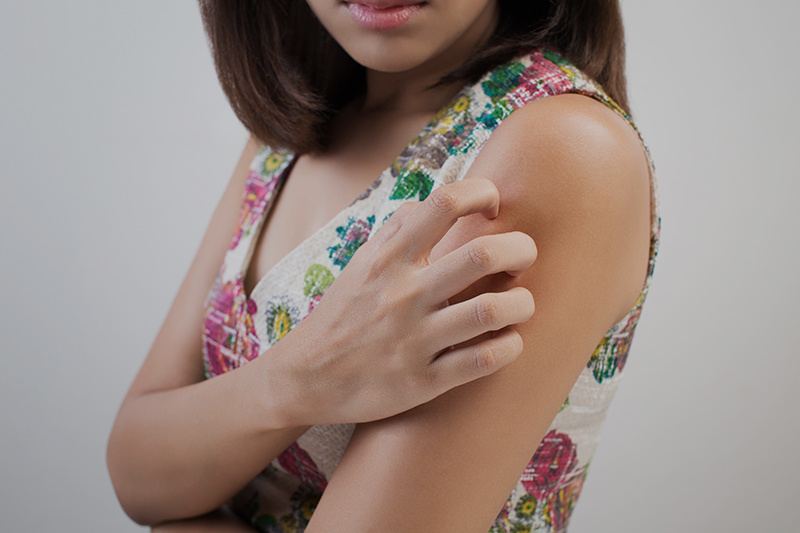
Eyad Abuelgasim, Ann Christine Modaragamage Dona, Rajan Singh Sondh, Amer Harky
Dermatol Ther. 2020 Sep 28;e14328. doi: 10.1111/dth.14328. Online ahead of print.
The COVID-19 pandemic, caused by the severe acute respiratory syndrome coronavirus-2 (SARS-CoV2), has resulted in an increased healthcare burden, with different symptoms manifesting in other patients. The evidence of skin manifestations similar to urticaria is also growing. The objective of this systematic revision was to review the current literature on urticaria in COVID-19 patients.
According to PRISMA guidelines, investigators carried out an extensive literature search in Medline, EMBASE, Scopus, Cochrane, and Google Scholar, using “COVID-19”, “Coronavirus”, “SARS-CoV-2”, “urticaria”, “angioedema” and “skin rash” until August 2020. Articles related to urticaria and/or angioedema due to COVID-19 and its management and outcome were included.
From the 169 articles returned by the search, 25 of them met the inclusion criteria. These articles were case reports, which related 26 patients infected with SARS-CoV-2 with symptoms such as urticaria and/or angioedema. Most patients (69%, n = 16) were over 50 years old. Treatment with antihistamines and/or steroids resolved the symptoms in different time frames, from less than 24 hours to up to 2 weeks. There was no report of recurrent cases of urticaria or non-responsiveness to treatment.
Patients infected with SARS-CoV-2 who develop urticaria symptoms should be managed with antihistamines. The use of a low prednisolone dose should be evaluated according to each patient in the shortest duration possible until symptoms are controlled.















